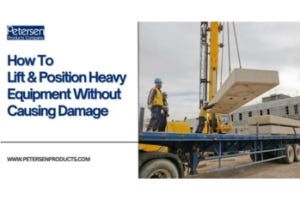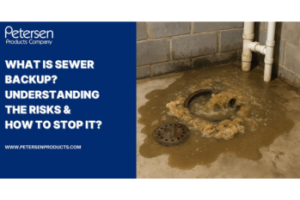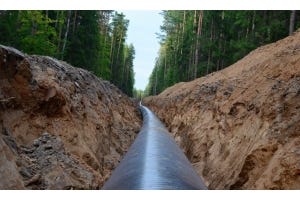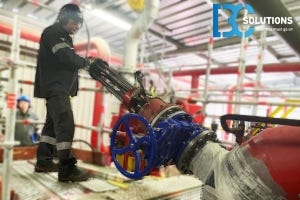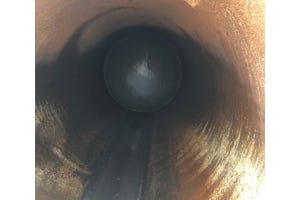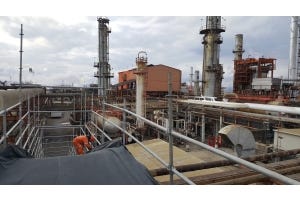How Does Line Stopping Reduce Downtime During Pipeline Maintenance?

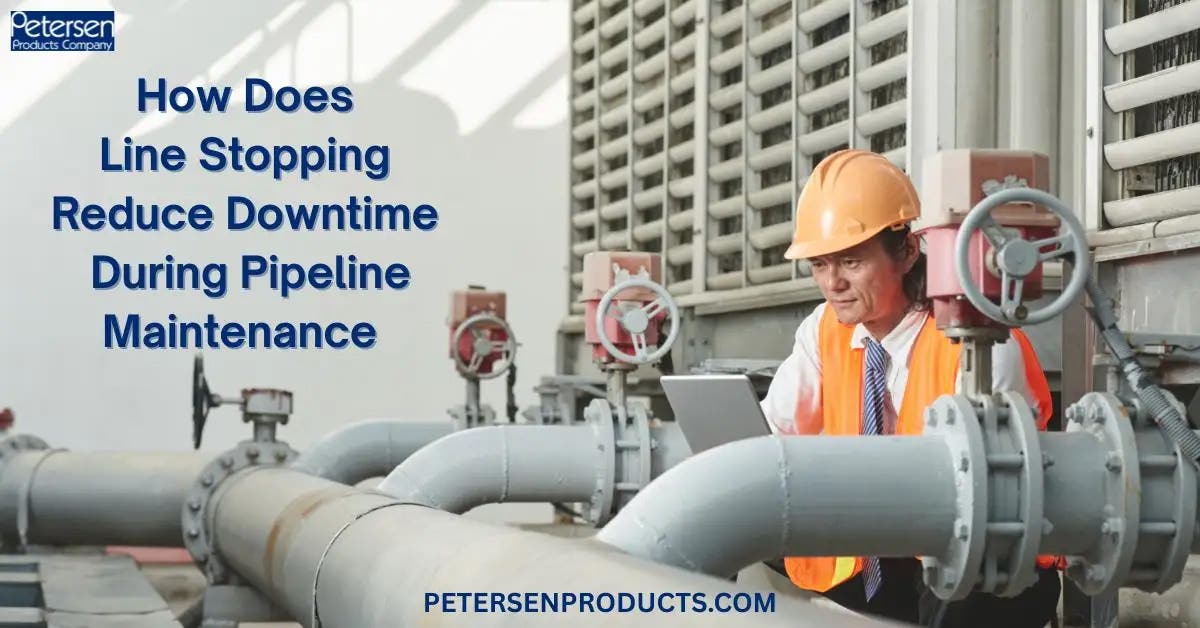
Pipeline maintenance is essential for guaranteeing the efficiency and lifespan of pipelines. However, typical maintenance procedures usually require a complete system shutdown, which can result in costly downtime, service disruptions, and operational delays.
Temporary pipeline isolation is a practical solution for maintenance and emergency repairs. Instead of shutting down the entire system, only the affected section is isolated, allowing work to be done more efficiently. This approach is widely used in municipal water systems, industrial facilities, and utility networks that require continuous operation.
Line stopping is a reliable method for reducing downtime while keeping pipelines operational. In the next sections we will explore how line stopping works and how it helps streamline maintenance and repairs.
What Is Line Stopping?
Line stopping is a pipeline maintenance procedure that isolates a piece of a pressurized pipeline without completely shutting down the system. This method enables for repairs, modifications, or tie-ins while keeping the pipeline flowing normally.
How Line Stopping Works?
- A small tap hole is cut into the pipeline at the isolation point.
- Install the tapping valve with a line stop plug insertion system.
- A line stop plug, such as an inflatable or mechanical stopper, is used to seal off the part requiring maintenance.
- Once the procedure is finished, the plug is removed, and the tap hole is plugged with a valve or completion plug.
This controlled isolation avoids total system shutdowns, making it the ideal technique for pipeline maintenance.
Line Stopping for Emergency Pipeline Repairs & Maintenance
- Emergency Pipeline Repair - Quickly isolates damaged or leaking portions to avoid system-wide failures.
- Routine Maintenance - Allows pipeline upgrades, inspections, and modifications without affecting operation
- New Connections and Tie-Ins - Allows the insertion of new pipes or branches without shutting down the main line.
Businesses and governments can use temporary pipeline isolation to reduce downtime, lower costs, and maintain service continuity. In the following part, we will look at how line stopping can help achieve these benefits.
How Line Stopping Reduces Downtime?
Minimizing downtime is critical in pipeline maintenance and repair, as system shutdowns can cause delays, high costs, and service disruptions. Line stopping addresses these difficulties by isolating only the problematic part, allowing work to be completed without shutting down the entire system.
Isolates Only the Work Area
Traditional pipeline repairs include shutting down the entire pipeline, which disrupts operations. On the other hand, Line stopping isolates only the segment that requires work while keeping the rest of the system operational. This is important for sectors such as:
- Municipal water systems - Maintains water flow while repairs are completed.
- Industrial facilities - Maintains production by avoiding total shutdowns.
- Gas distribution networks - Prevents service disruptions and loss of pressure.
Speeds Up Repairs, Modifications & Tie-Ins
Line stopping allows for quick and efficient maintenance by:
- Allowing emergency pipeline repairs without requiring full system shutdowns.
- Allowing adjustments or tie-ins while maintaining system pressure.
- Using inflatable line stop plugs to create a temporary, reliable seal for safe maintenance.
Prevents Costly Shutdowns & Service Interruptions
A full pipeline closure results in:
- Reduced productivity and higher downtime costs.
- Customers face extended service delays.
- Disruptions in key operations
Line stopping prevents avoidable shutdowns by keeping critical sections operating, providing continuous service, lower costs, and greater efficiency.
Key Advantages of Inflatable Line Stop Plugs
For effective temporary pipeline separation, inflatable line stop plugs are a dependable and efficient option. One of the best options for this application is the PeteStop® Inflatable Line Stop Pipe Plug, which is designed to quickly and safely stop pipeline flow for maintenance or repair.
- Fast Deployment & Easy Installation - PeteStop® plugs are engineered for quick inflation, making them perfect for emergency pipeline repairs and routine maintenance.
- Adaptability to Different Pipe Sizes - These plugs can fit a wide range of pipe sizes, making them a versatile solution for a variety of pipeline conditions.
- Minimal Tap Hole Requirement - The PeteStop® 128 Series and 129 Series is distinguishes by its minimal tap hole diameter needed, which reduces the impact on the pipeline and simplifies installation.
Businesses can use Inflatable Line Stop Pipe Plugs to save downtime, improve maintenance efficiency, and maintain continuous pipeline operations. Their versatility, reliability, and convenience of use make them the ideal option for temporary pipeline isolation in a variety of industries.
Applications of Line Stopping in Pipeline Maintenance
Line stopping is commonly used in multiple industries to maintain, repair, or change pipelines while keeping the rest of the system operating. By offering temporary pipeline isolation, it avoids unnecessary shutdowns and allows efficient, cost-effective maintenance.
- Water & Sewer Systems – Preventing Shutdowns - Line stopping enables repairs, valve replacements, and new connections without disrupting the entire water supply, ensuring continuous service for homes, businesses, and public facilities.
- Industrial Pipelines – Maintenance Without Disruptions - In industrial settings, inflatable line stop plugs isolate pipeline sections for repairs or upgrades without halting production, preventing costly shutdowns.
- Emergency Repairs – Rapid Isolation - For pipeline failures, line stopping quickly seals damaged sections, allowing efficient repairs without depressurizing the entire system, ideal for water main breaks, leaks, and gas line emergencies.
Businesses and municipalities that use line stopping solutions such as PeteStop® Inflatable Line Stop Pipe Plugs may protect pipeline integrity, prevent operating disruptions, and respond quickly to maintenance needs.
Conclusion
Line stopping is a proven approach for improving pipeline maintenance efficiency since it allows for targeted isolation without shutting down the entire system. This technology allows faster repairs, less disruptions, and less downtime, making it ideal for municipal, industrial, and gas distribution networks.
Businesses using temporary pipeline separation can avoid costly shutdowns, maintain continuous operations, and conduct pipeline repairs or upgrades more swiftly.
Disclaimer: The information may be used but with no warranty or liability. This information is believed to be correct but should always be double checked with alternative sources. Strictly adhere to and follow all applicable national and local regulations and practices.
Regardless of these comments, it is always necessary to read and understand manufactures instructions and local regulations prior to using any item.



